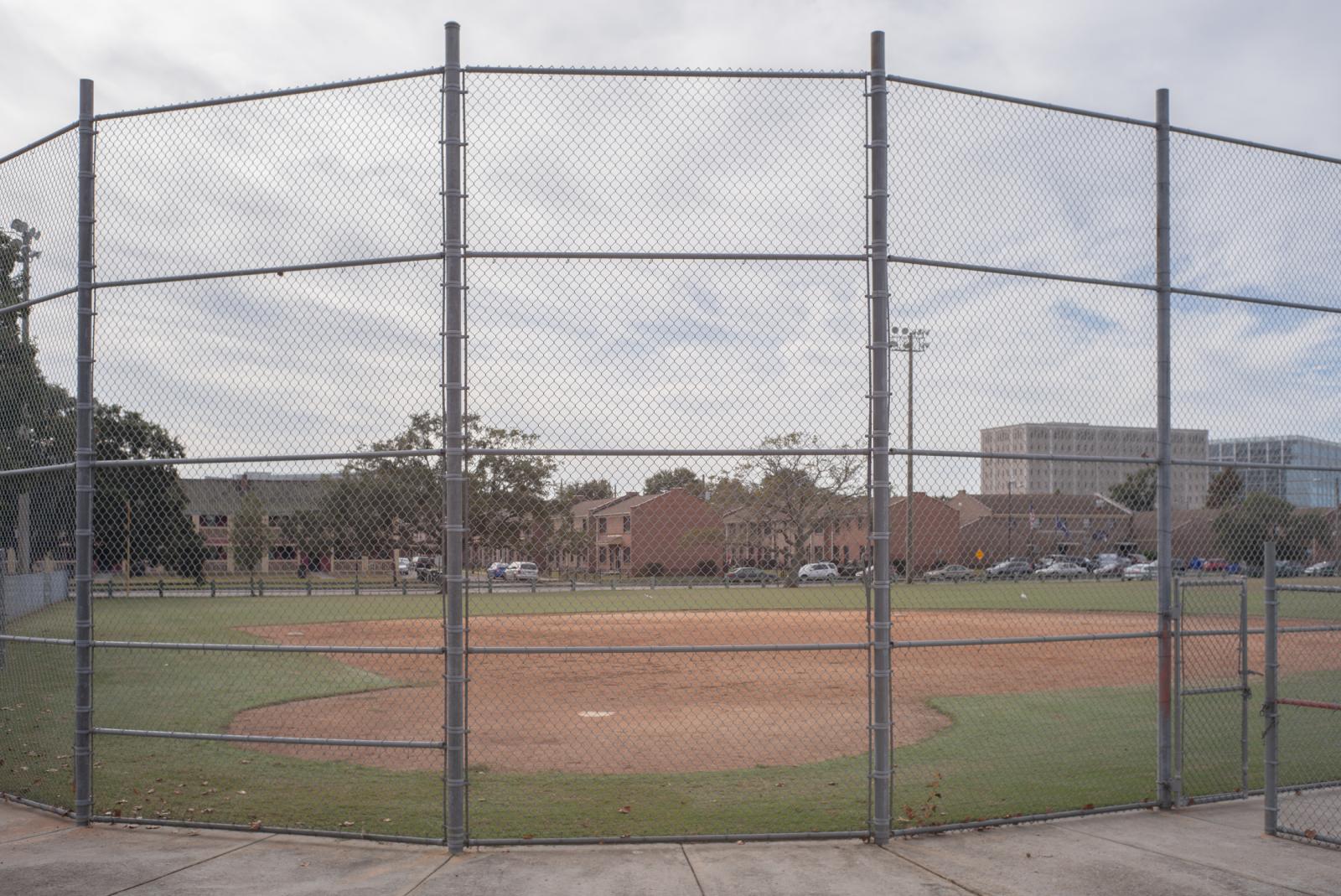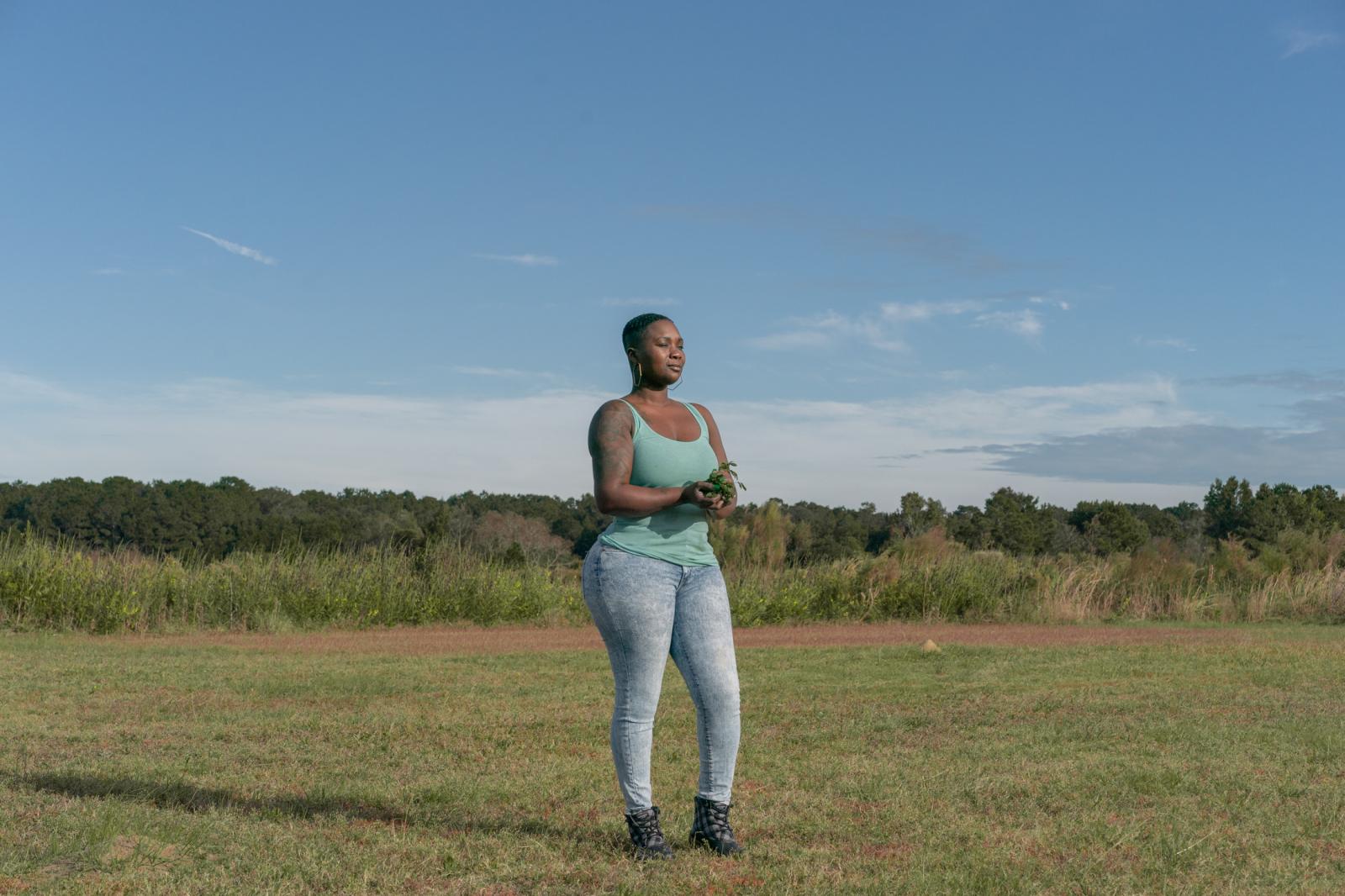Last year, while researching burial sites of enslaved people in South Carolina for a story, I learned about one of Charleston’s potter's fields where ~26,000 people – predominantly Black, – are buried. In 1927, the city paved over it, building a stadium for white residents and a playground for Black children. In recent years, the city added a community center and a swimming pool.
Where else had African American burial grounds been paved over? A hospital parking lot in Maryland and part of I-95 in Florida are two places that were recently in the news when they were uncovered.
The collective covering over of burial grounds across the U.S. is the covering over of a people’s history and an intentional act of forgetting. At the same time, a political movement aimed at protecting and restoring these sites is growing.
Between 2016 and 2021, Arkansas, Florida, Virginia and the District of Columbia enacted bills to study the preservation of African American cemeteries. There is also pending bipartisan federal legislation mandating a three-year National Park Service mapping of African American burial sites across the U.S. Still, there are burial grounds at risk of being destroyed in the interim. Now is the time to document sites that have been covered over as well as those we can still protect, and to share successful models of community-led preservation.
My plan is to underscore the urgency of preserving these sites through photography, archival research and interviews of community leaders and activists, as well as descendants of those buried, when possible. I will initially focus on two sites, in Flatbush, Queens, New York and Charleston, South Carolina. They represent a range of differences: North and South; one actively protected by activists and community members, the other unmarked and overlooked.
My goal is to answer how people are working to preserve and restore the dignity of the deceased; how this project can help recover public memory and understanding of the past; and how sharing this hard history and the stories of the burial sites can help prevent this type of erasure from repeating. Documenting and sharing this outsized American history is vital to repairing racial division in this country.
The Visura Project Grant will cover my travel expenses, allowing me to spend 10 days in each community as I begin this first chapter of a long-term body of work. During my fieldwork, I will build new and strengthen existing relationships with activists and community leaders; and create photographic work related to activist efforts, community members and details of the burial sites. My plan is to photograph what can be documented and find ways to represent what is no longer visible, underscoring the absence of memorialization and the urgency of preserving these sites. With every photograph of the burial grounds, I will impart the same dignity I try to convey when I photograph the living.
These sites will be the first two in a series; I plan to continue this work at 5-8 additional burial sites across the country, further highlighting that this hard history is not confined to one region. African American burial grounds in both the North and the South have been similarly decimated, and many can — and must — still be saved.
I recognize I will be working with vulnerable populations and in culturally sensitive areas. I have existing relationships with community leaders connected to both burial sites, and will work closely with them and other individuals I meet throughout this project. I also have experience documenting vulnerable populations using a conscientious and collaborative approach. For the South Carolina story referenced earlier, I identified relevant community members, built relationships with them and secured their trust to photograph and spend time with them.
After completion of the documentary work, I will publish the photographs as part of a news story. An editor at a major U.S. newspaper I have worked with has expressed interest in publishing a story related to this project.
In addition to publishing, I will work with location organizations in each community to host a local photo exhibition and community-led talk in the two communities.
To date, I have built relationships with the Charleston County Public Library and the Gullah Geechee Cultural Heritage Corridor Commission, and have been speaking to the office of U.S. Senator Sherrod Brown (D-OH) who co-sponsored a bipartisan bill to study unprotected African American burial sites. I am also connected to the Atlantic Black Box Project, which examines the role of New England in the global economy of enslavement.
The photos I have included are from my time in Charleston. They are intended to provide a sense of the style for this body of work.
Thank you for considering my application.












